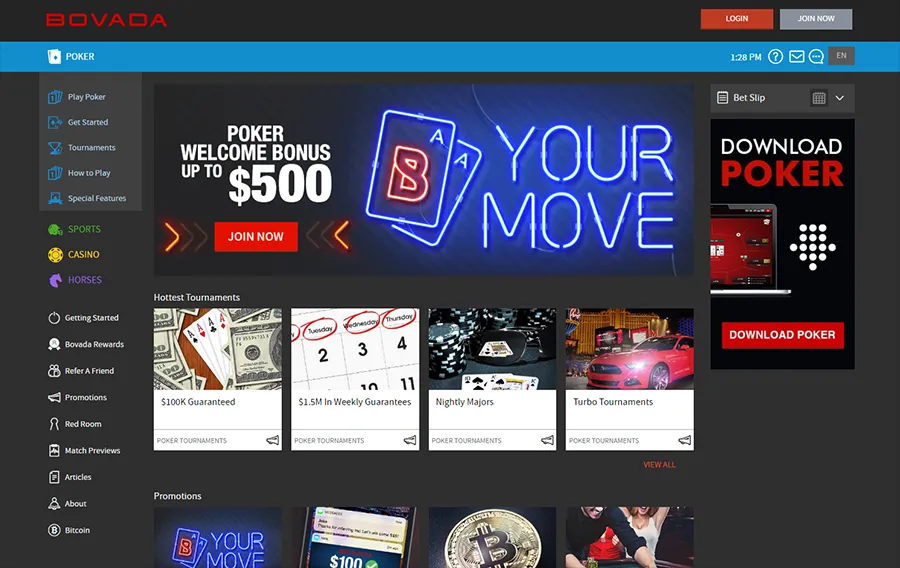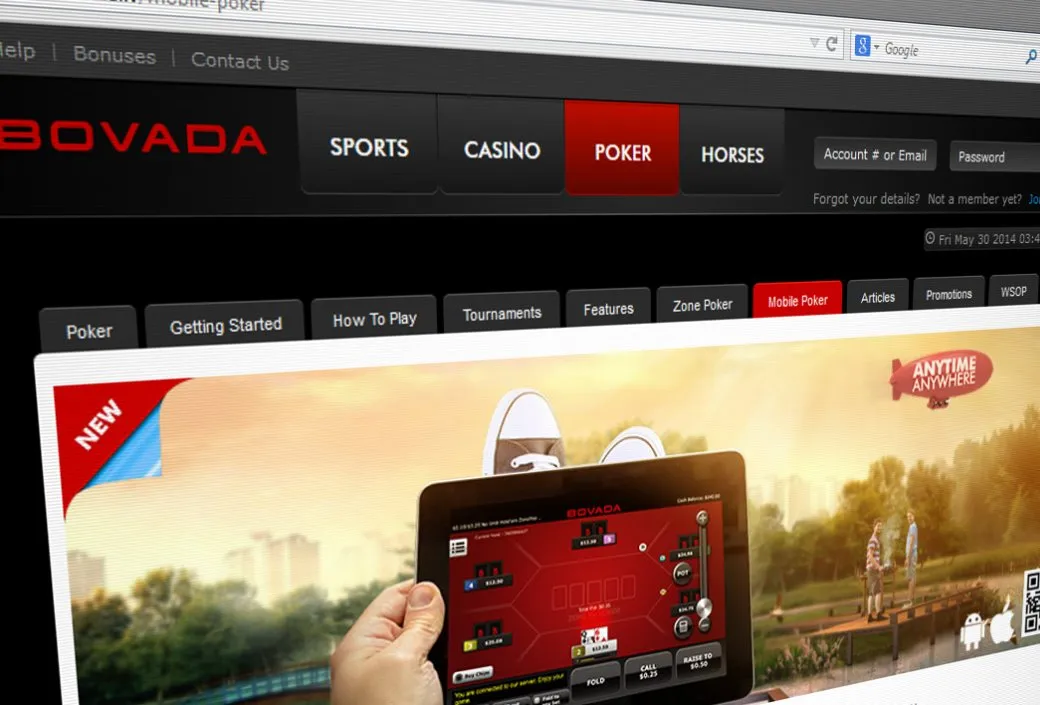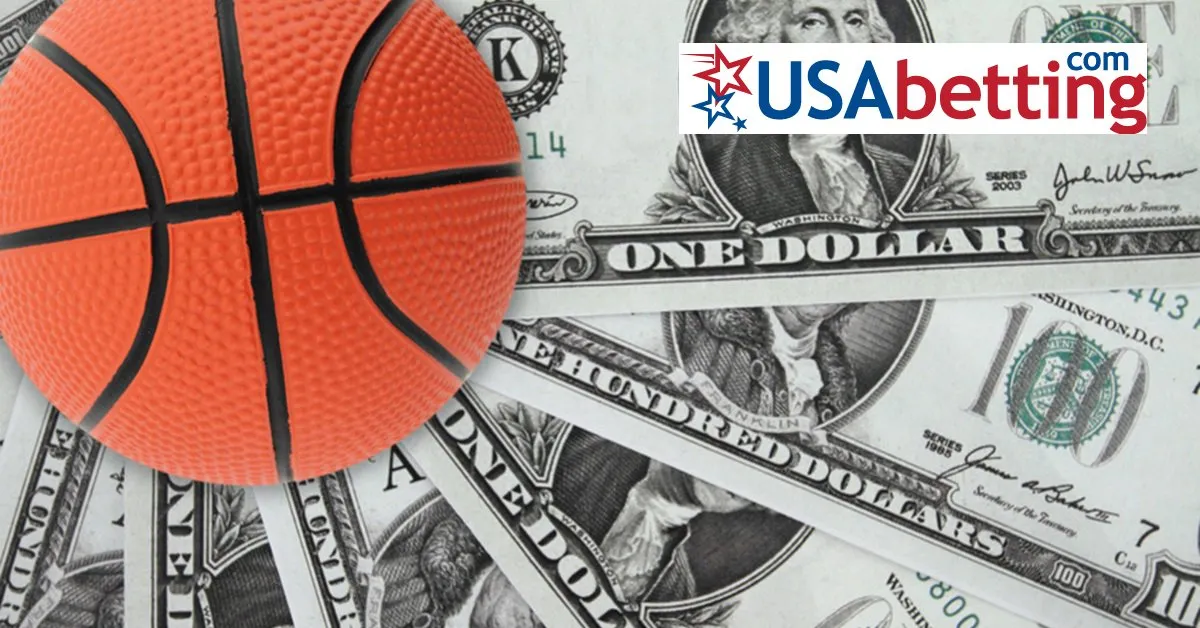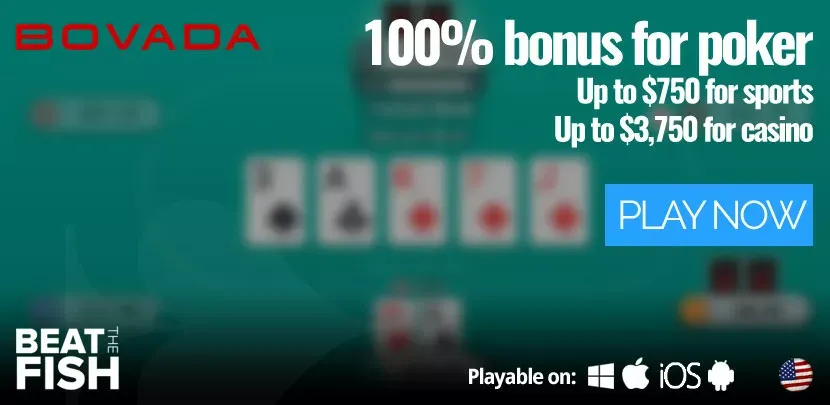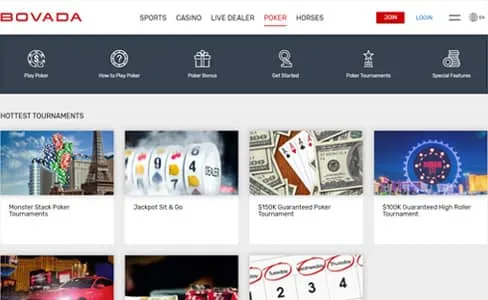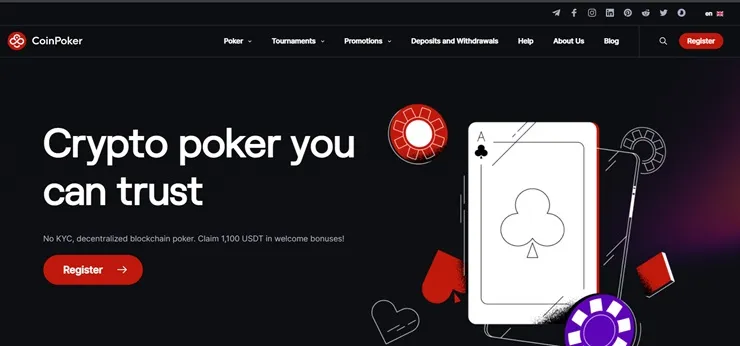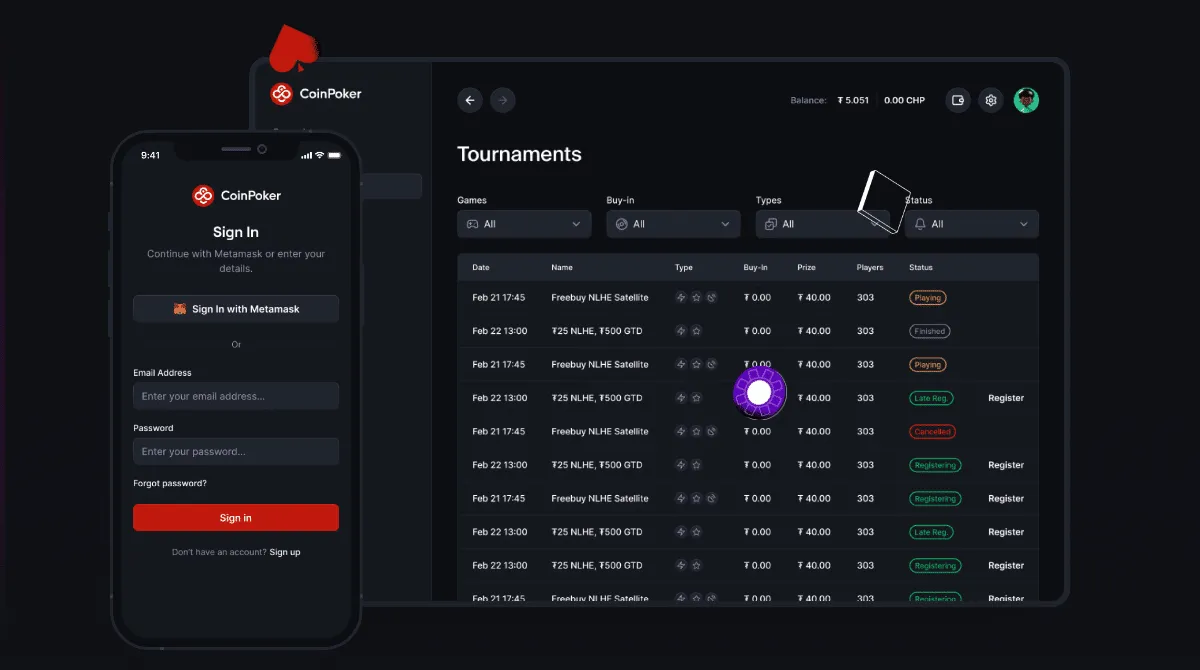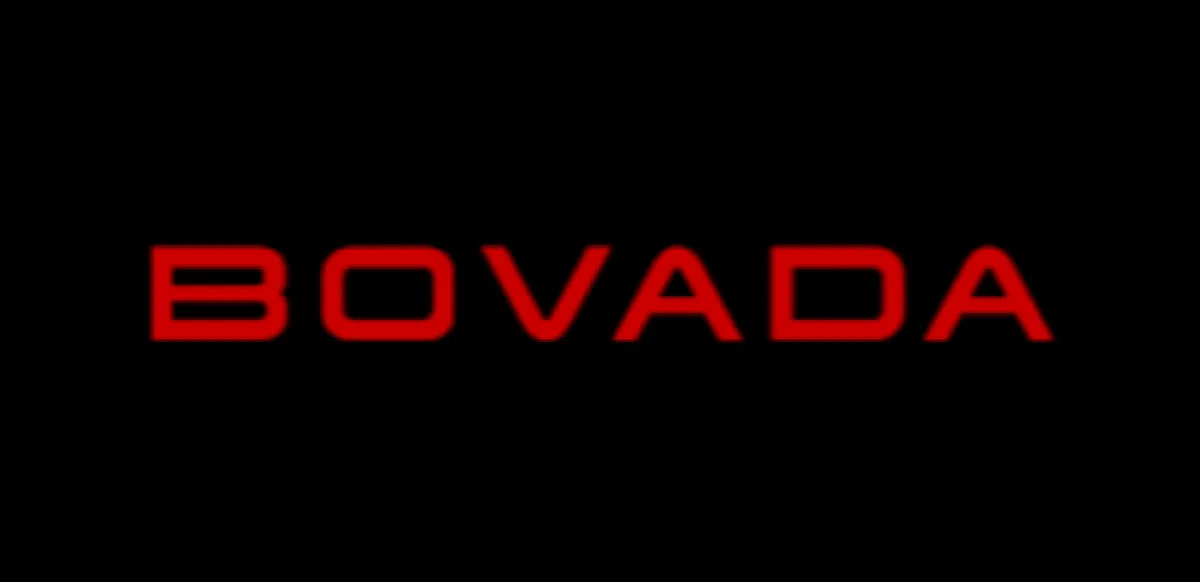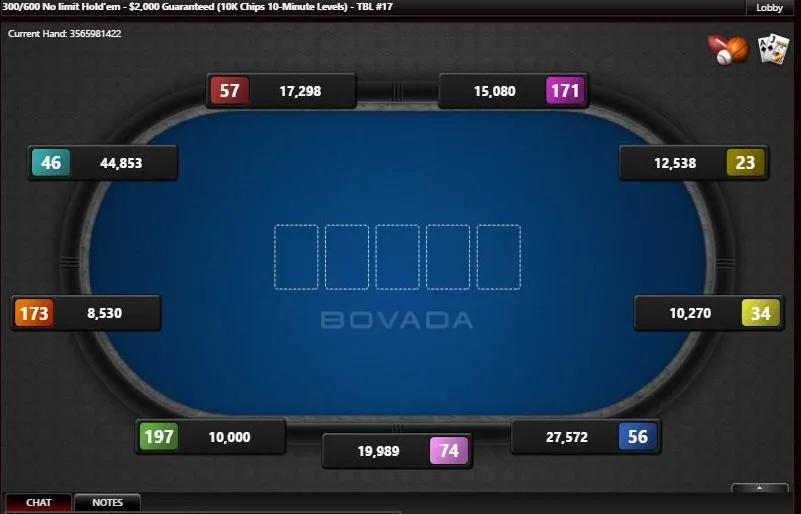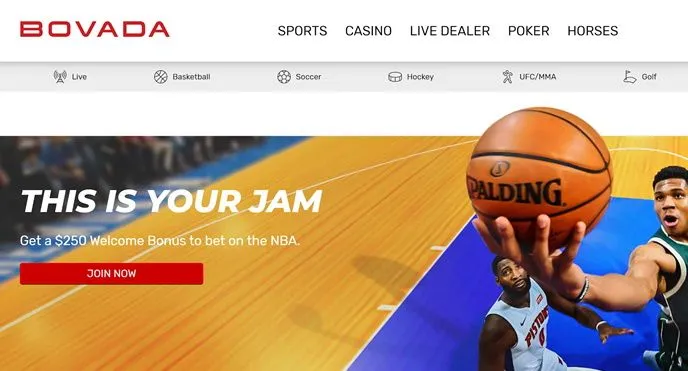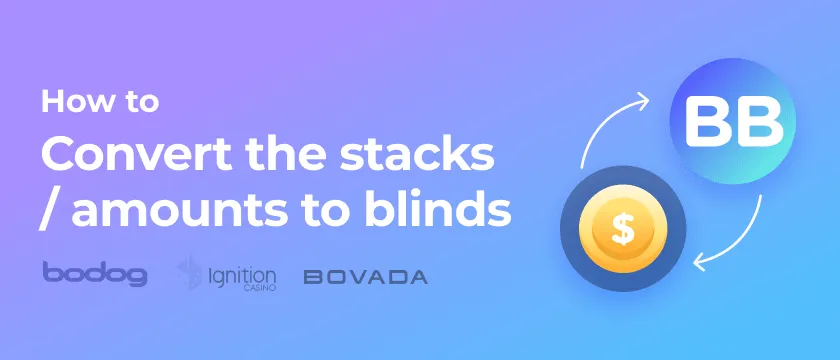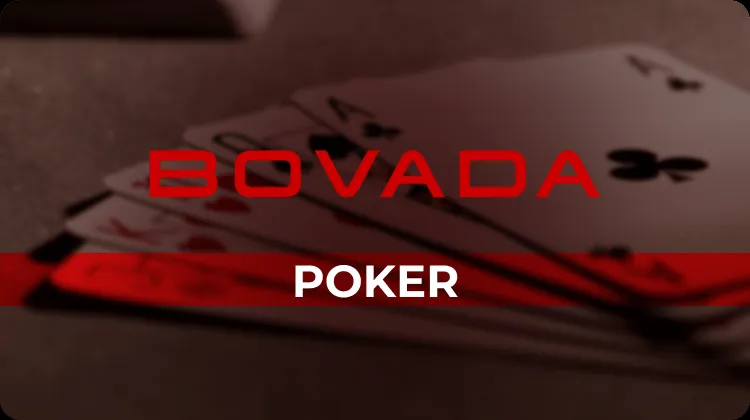10 Quick Poker Tips That Will Help Your Game Poker Strategy

Are you looking for some quick poker tips to inflate your wallet? Check out these 10 Texas Hold’em poker strategy tips and tricks from pro players.
You can click any of these poker tips to jump straight to a detailed explanation that will help your game.
- Play Fewer Hands And Play Them Aggressively
- Don’t Be The First Player To Limp
- “Semi-Bluff” Aggressively with Your Draws
- Fast-Play Your Strong Hands to Build the Pot and Make More Money
- Defend Your Big Blind (with the Right Hands)
- Fold When You’re Unsure
- Attack When Your Opponent Shows Weakness
- Play Solid Poker Early in Tournaments (Don’t Worry About Survival)
- Only Play If You Feel Like It
- Only Play In Good Games
Tip #1: Play Fewer Hands And Play Them Aggressively
There is a limit on how many starting hands you can play before the flop in No Limit Texas Hold’em, even for the world’s best players. If you try to play too many hands, you’ll bleed away your chip stack (unless lady luck is on your side).
Developing a solid preflop poker strategy is by far the easiest and fastest way to improve your bottom line. However, while developing solid preflop ranges is relatively easy to do (like by downloading our free preflop charts) having the discipline to stick to them is difficult. Don’t allow yourself to get impatient and play a hand not worth playing.
The best approach is to play a tight range of strong and/or playable hands, and you need to play those hands aggressively. Playing all of your hands aggressively, including the more speculative ones like 7♠ 6♠ or 5♥ 5♣, allows you to disguise the strength of your actual hand.
When you raise, your opponents won’t know whether you have A-A, A-K, or 7-6, which makes you super tough to play against. Tight and aggressive wins the game!
Note: If you want to win at poker, you need a solid preflop strategy. This free Preflop Guide includes 8 easy-to-read charts and crucial tips that will help you play like a pro before the flop. Get it now!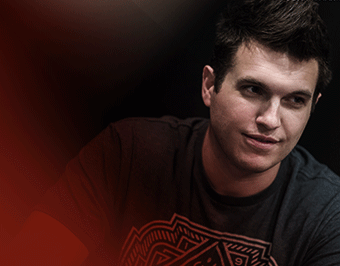
Tip #2: Don’t Be The First Player To Limp
Limping (just calling the big blind preflop) is an absolute no-no as the first player to enter a pot. There are two main reasons why this play should be avoided:
- You can’t win the pot before the flop like you could if you raised.
- You give the players behind very enticing pot odds, making it more likely you face multiple players and thus less likely you win the pot. The only acceptable situation in which to limp is when at least one other player has already limped. This is called over-limping, and it can be a good play because you are getting great pot odds to join the action so you can hit something good on the flop, hopefully.
Tip #3: Semi-Bluff Aggressively with Your Draws
If you want to truly crush poker, you need to bluff effectively. But bluffing ineffectively is one of the fastest ways to lose your money at the table. So, how do you keep your bluffing frequency under control?
The most effective way to bluff is to let the cards you have dictate if you are going to bluff or not. This means bluffing with hands that have outs to improve to the best hand on a later street, such as straight draws, flush draws, or even just an overcard or two to the board.
Think of these draws as your backup plan in case your bluff gets called.
Poker players call these hands “semi-bluffs” because of their potential beyond the bluff itself. You can learn more about semi-bluffing here.
When you’re just starting out, bluffing with total nothing hands prior to the river is not advisable (except in one situation that I’ll tell you about shortly).
Tip #4: Fast-Play Your Strong Hands to Build the Pot and Make More Money
It’s a sad sight when a player checks their flopped nut flush three times, and then has to awkwardly table their monster of a poker hand when their opponent checks back the river. Slow-playing too often is a mistake common among players who are afraid of chasing their opponents out of the pot when they have a strong poker hand.
In most cases, it’s best to bet your strong hands to build the pot and protect your equity. That’s not to say you should always bet/raise your strong hands post-flop. You can check your strong hands if:
- It’s unlikely that you will be outdrawn.
- There aren’t many scare cards to prevent you from getting paid on later streets.
- Your opponent’s range is heavily weighted toward hands with no showdown value.
However, when you feel uncertain, just bet (or check-raise if you weren’t the preflop aggressor). Yes, it’s disappointing when your opponent folds, but that’s not nearly as disappointing as getting outdrawn or missing out on potential value.
Check out this infographic to learn more about the basic poker concept of fast-playing vs slow-playing.
Tip #5: Defend Your Big Blind (with the Right Hands)
The big blind is a special position because you already have 1 big blind invested in the pot. For this reason, whenever you are faced with a raise while sitting in the big blind, you will have better pot odds to call than the other positions – think of it as a discount.
Because of your discount and the fact that you are the last person to act preflop, you can profitably call with many more hands than if you were sitting in another position. That’s not to say you should call raises with trash hands like 9♠ 5♦, but the more borderline hands like K♣ 9♦ and Q♥ 6♥ become playable in most situations.
Exactly how wide you should defend depends on a multitude of factors – here are the four primary ones:
- Position of the raiser (play tighter against the early positions and looser against the late positions).
- Number of players in the hand (when 1 or more players has already called the raise, play tighter and only call with hands that do well in multiway pots).
- The size of the raise (the larger the bet sizing, the tighter you should play and vice versa).
- Stack sizes (when short stacked, play fewer speculative hands and prioritize high card strength). There are other important factors too, like how often your opponent will continuation bet post-flop, but the three above are the main ones you should consider.
Tip #6: Fold When You’re Unsure
Want to know the biggest difference between a bad player and a professional player? It’s the good player’s ability to lay down a good hand like top pair when they think they are beaten.
This sounds very simple, but it is very hard to do in practice partly because of the way our brains are built. We are naturally curious and we naturally want to win. When we fold, we surrender our chance to win the pot and we don’t get to satisfy our curiosity by finding out what our opponent has.
Calling too often and in the wrong situations is the second fastest way to lose at poker (after ineffective bluffs). Whenever you’re unsure whether to call or fold versus a bet or raise, do yourself a service and fold.
Pro Tip: When you fold in one of these situations, make sure you note down the details of the hand so you can try to figure out if you made the right fold after your session. Studying and/or discussing these sorts of hands is a great way to consistently improve your skills and fill in the gaps of your poker knowledge.
## Tip #7: Attack When Your Opponent Shows Weakness
Players don’t check with hands that can call multiple bets as often as they should. This means that, when they do check, they usually have a relatively weak hand that will often fold if faced with multiple bets. This is the “bluffing with nothing” situation I alluded to earlier.
When your opponent shows a lot of weakness in a heads-up pot (like if they check on the flop and the turn), you can take advantage of them with an aggressive bluffing strategy. Not only should you bet with your usual semi-bluffs, you should also bet as a pure bluff with some nothing hands, ideally ones with good blocker effects.
Tip #8: Play Solid Poker Early in Tournaments and Don’t Worry About Survival
There’s a time and a place for stack preservation, and the beginning of poker tournaments isn’t it. This is one of the most misunderstood aspects of tournament poker strategy.
Consider that in order to finish in the money, you’re going to have to at least double or triple your starting stack (usually more). Instead of playing defensively, you should be playing solid and aggressive poker early on in order to build up a stack for a deep run.
If you find yourself short-stacked and near the money bubble or a pay jump, only then should you start using a more survival-oriented playing style. You can learn more about this key part of tournament strategy here.
Play tournaments? You might want to read 7 Tournament Tips for Running Deep More Often.
Tip #9: Only Play If You Feel Like It
Poker should be a fun experience, regardless if you are playing as a hobby or if you are a professional player. You’re going to perform best when you are happy, so it makes sense that you should only play this mentally intensive game when you feel that way.
If you feel frustration, fatigue, or anger building up, you should just quit the session right then and there. You are very likely saving yourself a bunch of money by doing so. Poker will still be there tomorrow.
Pro Tip: Before I play a session, I imagine going all-in and losing my full stack on the very first hand. If the thought of that possibility doesn’t bother me, I know I’m ready to play my A-game for a long session. But if going all-in and losing one of my buy-ins on the first hand sounds unbearable, I reconsider playing.
Tip #10: Only Play In Good Games
If you can’t spot the sucker in your first half hour at the table, then you are the sucker.
This is as true now as when Mike McDermott (played by Matt Damon) said it in Rounders (1998). If you want to play poker and win, you need to play against weaker players than yourself.
Think about it like this: If you are the 9th best poker player in the world, you will be the best player at almost any table. But if you join a table with those 8 players that are better than you, you become the sucker.
You should always put yourself in positions where your chance to win is largest. This is why it’s important to leave your ego at the door when playing poker.
Bottom line is that you generally need to be better than half the players at the table if you want to have a positive win-rate. And if you want to make a sick-good profit, you want to play against the worst players you can find.
Here is a checklist for a good poker game:
☐ At least one player is limping regularly. ☐ There are many multiway pots. ☐ Re-raises are either very rare or very frequent.
If you’re in a game with 2+ of these boxes checked, you’re in a great position to make money. If none of these boxes are checked, get up and find a more profitable table (unless you feel like putting your poker strategy to a test).
If you play online poker, make sure you take advantage of the table statistics provided by most poker sites. Choose an online poker table with a high average pot size and a high percentage of players seeing a flop. This is a key online poker strategy new players who are still learning poker rules usually miss.
Which of these 10 quick poker tips did you find most helpful?
Vote in this poll and explain your vote in the comments below!
Just enter your name and email below to get the charts now.
Developing a solid preflop game is by far the easiest and fastest way to improve your game.However, while developing solid preflop ranges is relatively easy to do having the discipline to stick to them is difficult.
This is especially true if you play live poker, since the number of hands you play per hour is very low compared to online. A live player can expect to play 20–25 hands per hour, while a multi-tabling online player can play 400–600 hands per hour.
So, when playing live, stay disciplined and use your extra dead time to study your opponents’ games. Pay attention to their tactics and which hands they are showing down. Don’t allow yourself to get impatient and play a hand not worth playing.
Tip #2: Don’t be afraid to pull the trigger with your bluffs.
Too many players don’t have the guts to fire big bluffs, which leaves them exploitable to attentive opponents who will stop paying them off. In turn, they lose a lot of value.
You need be the player who rouses fear and anxiety in your opponents by applying pressure in big pots despite not always having the goods.
Being able to do this effectively will make you a better and more versatile player overall, and will increase your win-rate tremendously.
Of course, against weaker opposition you needn’t bluff as much, since they won’t be as attentive to your strategy, know how to exploit it, or have the discipline to follow through with a counter-strategy. Unless, of course, you’re up against a weak player who folds far too often–the perfect type of player to bluff relentlessly.
Further reading: Bluffing in Poker Explained (by Doug Polk)
Tip #3: Don’t change your bankroll management or study habits when things are going well.
Every professional poker player has a friend who won big money in a large tournament, then proceeded to blow their winnings in cash games or by registering tournaments at stakes way higher than their usual.
It’s important to remember that poker is a game of peaks and troughs. To survive the troughs, you need to act responsibly during the peaks.
That’s not to say you shouldn’t celebrate, or be proud of your success. To the contrary, it’s important to savor the results you work hard to achieve. Just remember that going on a heater doesn’t mean you’ve suddenly become a poker god, and that downswings are inevitable.
Tip #4: Don’t bloat the pot with medium-strength hands.
Medium-strength hands should usually be played passively, since they are rarely the winning hand in big pots. The exception is when they should be played a bit more aggressively to deny equity.
These types of hands tend to play better as bluff-catchers, as they protect the weaker hands in your range–like ace high or weak pairs. This is very helpful because your opponents will not be able to easily bluff you once you check.
And playing these hands passively is another key to a well-rounded playing style. It will give you confidence in having good hands in every scenario, so that you won’t feel the need to make marginal-at-best hero calls with ace-high.
Tip #5: Game select, game select, game select!
You should always put yourself in positions where your edge is the largest. This is why it’s important to leave your ego at the door when playing poker.
It’s much better to be crushing a smaller and/or weaker game than barely beating a larger and/or tougher game. This is not only because it’s more profitable, but because it’s less stressful, and playing against weaker opposition brings lower variance.
Moreover, only barely beating a game might be a sign that you’re not yet ready to be playing there. And it will still be there when you are ready.
Tip #6: Lean towards fast playing your strong hands so you can build the pot and make more money.
It’s a sad sight when a player checks their flopped nut flush three times, and then has to awkwardly table their monster when their opponent checks back the river. Slow playing is a mistake common among players who are afraid of chasing their opponents out of the pot.
In most cases, it’s best to bet your strong hands to build the pot and protect your equity. That’s not to say you should always bet/raise your strong hands. You can check your strong hands if:
- It’s unlikely that you will be outdrawn.
- There aren’t many scare cards to prevent you from getting paid on later streets.
- Your opponent’s range is heavily weighted toward hands with no showdown value.
However, when you feel uncertain, just bet. Yes, it’s disappointing when your opponent folds, but that’s not nearly as disappointing as getting outdrawn or missing out on potential value.
Further reading: Fast Playing vs Slow Playing Revealed
Tip #7: Play poker about twice as often as you study poker, but make sure to study!
Studying is essential to becoming the best poker player you can be, but at the same time, poker is a game that requires practice. Without practice, we can’t apply what we’ve learned off the felt, and we’ll begin to lose our innate sense of the game.
Many of the decisions you make at the poker table are automatic. However, you’ll find that the longer you go without practicing, the less automatic these decisions become. This, of course, only gets worse as the decisions become important. For this reason, it’s necessary to regularly play poker in order to stay sharp.
But it’s very important you set aside time to study. Reading poker articles, playing around with poker tools, and talking over hands with friends are a few of the many ways you can improve your game away from the table.
Tip #8: Do you know definitively whether your river bet is a value bet or bluff? If not, you shouldn’t be betting.
This is a mistake many new players make, but also some more experienced players.
The situation usually plays out as follows. Their opponent checks to them on the river and they have a medium strength hand, so they bet…
…But they weren’t paying close enough attention to how dangerous the board was, or to how the action went on the turn, or to how their opponent plays in general, and so they end up losing when their opponent calls the bet and tables a slightly better hand.
On the river, you should be betting with a polarized range. That is to say, bet with a range that contains both value bets and bluffs, and check everything in between.
You do this because there are no more cards to come after the river, and so there’s no need to protect your equity. Either your hand is the best, or it isn’t. All you have to do is check and showdown with these medium-strength hands and hope to drag the pot.
Tip #9: The earlier the street, the more often you should be bluffing because that’s when the equities run closest.
Poker expert and game theory wizard Matthew Janda says we should bluff the most on the flop, slightly less on the turn, and the least on the river. He provides a mathematical proof for this in his advanced holdem strategy book, Applications of No-Limit Hold’em.
Applications shows that in order to bet with a balanced range (a range composed of the optimal number of value bets and bluffs) on the river, we need to bluff less on each progressive street. This is because our bluffs will have more equity on earlier streets, as well as the opportunity to bluff again on a later street.
Think about it… When you bluff preflop, on the flop, or on the turn, you usually do so with a hand that has potential to improve–like 6♠ 5♠ on J♠ 7♣ 2♠. So, because we have more equity, we can bluff more often while still remaining balanced.
Betting with a balanced range is most important on the river, because that’s when the pot is largest.
If you’re unaware of the benefits of betting on the river with a balanced range, read How You Should Think About Poker (But Probably Don’t).
Tip #10: Think of the early stages of a tournament like a cash game. Don’t worry about survival and focus on playing solid poker.
There’s a time and a place for stack preservation, and the beginning of a tournament isn’t it. This is one of the most misunderstood aspects of advanced tournament poker strategy.
Consider that in order to finish in the money, you’re going to have to at least double or triple your starting stack (usually more). So, instead of playing defensively, you should be playing solid and aggressive poker early on in order to build up a stack for a deep run.
If you find yourself short-stacked and near the money bubble or a pay jump, then you can start using a more survival-oriented playing style.
Further reading: How to Build Stacks & Avoid Spewing Early in a Tournament
Tip #11: Take your time on each decision.
Poker is a complex game. You have to weigh many factors in order to choose the best path of action.
Bet sizing aside, the choices themselves are not many: you only need to choose between checking, calling, betting, raising, or folding. But figuring out which one of these actions wins the most is seldom obvious.
This is why you should always avoid rushing when making a decision. An extra moment’s thought could provide the crucial insight needed to make the right choice, and it’ll help you keep emotions out of your decision making. Do this and you’ll win more, and learn more while playing.
That said, it’s important to avoid all unnecessary tanking. You should never, for example, take 15 seconds to fold your 9s5c preflop from under the gun. Not only will it piss off your fellow players, you will actually hurt your own win-rate by reducing the number of hands played per hour.
Tip #12: Make poker friends.
Building a network of poker playing friends will advance your understanding of the game. You’ll bounce ideas off of each other, and gain new perspectives on every situation.
The problem with going it alone is that you’re more prone to biases. With another 2 or 3 or 4 different poker minds around you, you can more easily find what’s right about your thought processes and thus eliminate most of the bias.
Another benefit of having poker friends comes into play when those inevitable downswings occur. Your friends can provide an amazing source of support during the hard times, and since they are poker players themselves that support will be all the more helpful. But don’t forget to be there for them to and share your quick poker tips.
Tip #13: 3-bet more often.
Most players are too passive preflop. To take advantage of them, you need to 3-bet to build big pots from the get-go with your premium hands, such as QQ+ and AK.
But in order to get paid with them preflop, you also need to add in an appropriate amount of bluffs. Sure, 3-betting only premium hands will work at first, but your opponents will soon catch on and start folding. Bluffs add depth to your preflop strategy, and help you to build more balanced range.
Additionally, many low stakes players are not accustomed to playing versus 3-bets. This inexperience leads to many mistakes on their part, and the benefactor of those mistakes is you–the 3-bettor.
Further reading: This is Why (And How) You Should 3-Bet More Often
Tip #14: Check more when out of position.
There is no harder spot in poker than playing out of position with a high stack-to-pot ratio. The situation is so complex that even solvers use almost exclusively mixed strategies which are impossible to execute as a human.
One trick to bypass this is to play more defensively and check more of your good-but-not-great hands. This will prevent opponents from stealing pots from you once you check, since you will no longer be check/folding as often. Additionally, those hands that you would typically check/fold, but which still have equity in the pot, will get to realize their equity once your opponents see they cannot bluff you off so easily.
Tip #15: Avoid bluffing on the river with Ace-high when it checks down.
I know you love to bluff when it checks down to the river, and I don’t blame you. It’s such a good spot to fire, since many players clearly signal that they’ve given up and won’t often defend their ranges when they arrive in that situation.
That being said, one of my favorite quick poker tips is that you should remember that Ace-high often still has a decent chance to win the pot even if you check it down. Turning this hand into a bluff in that spot not only opens you up to be exploited by loose calls, it also wins less than checking because you are not actually folding out that many better hands.
What often happens is your opponent holds a worse high-card hand, which you beat, but which you don’t get to see shown down because you’ve bet.
So, next time you get into that spot, just check it down!
NOTE: Join the 276,465 people that have upgraded their poker skills with our free preflop charts! Click here to get them now!
FAQ
How do I land the Big Bass Bonanza maximum win?
How do I land the Big Bass Bonanza maximum win?
To reach the maximum win, you need to trigger the free spins feature and retrigger the 10 extra spins three times, adding a 10x multiplier to your wild and winnings.
What are the different types of WPT?
What are the different types of WPT?
Table 1
| WPT Technology | Frequency |
|---|---|
| Capacitive | CPT |
| Laser | LPT |
| Radio frequency | RFPT |
| Acoustic | APT |
How do I withdraw money from WPT?
How do I withdraw money from WPT?
How to withdraw funds from WPT Global?
- Visit the cashier and choose “Withdraw”
- Choose one of the available methods. Enter an amount.
- Confirm the address and the protocol (be careful, withdrawals sent to wrong crypto addresses may be lost)
- Click on Withdrawal.
Is there play money on WPT Global?
Is there play money on WPT Global?
There is not currently a play money option on WPT Global.
How does account verification work?
How does account verification work?
WPT Global reserves the right to request documents to verify the identity of players and prevent problem or fraudulent activity. The types of documents required are: proof of identity (ID card, passport, driver’s license), proof of address (utility bills or bank statements not more than three months old) and proof of deposit (cards or e-wallet). When requested, players must provide full, clear, color photos or screenshots of verification documents. Further information regarding account verification is available on the WPT Global FAQ page.

















